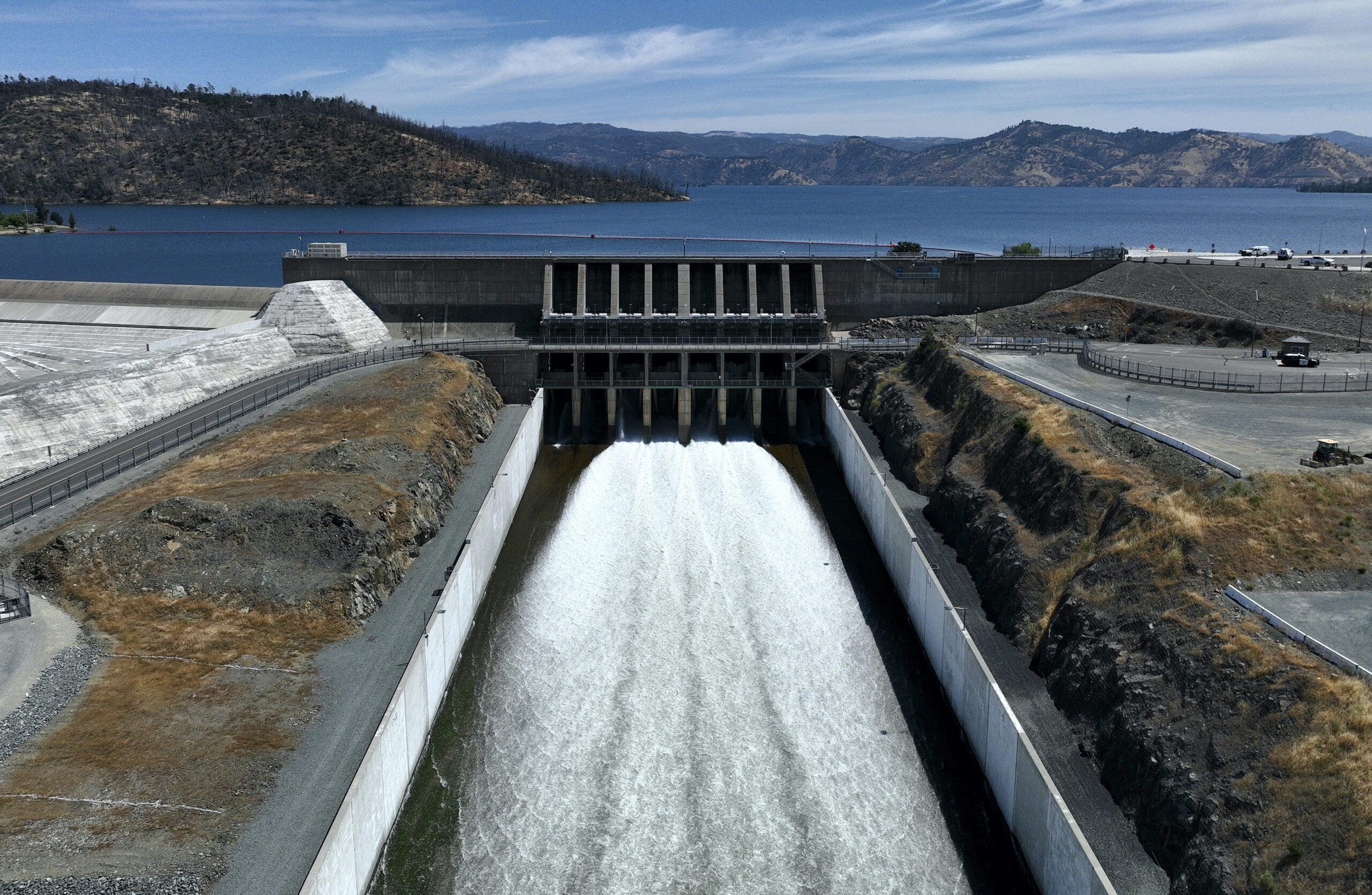By Travis Gillmore,
Trillions of gallons of rainfall poured down across the state during recent storms, according to the governor’s office.
A year after California Gov. Gavin Newsom made promises to store more water during the rainy season, some are questioning whether enough has been done.
With recent record rainfall pouring down across California, power outages, floods, and mudslides are of primary concern for those in the path of storms, however, the abundance of rainwater that’s running out to sea because of a lack of storage capacity is also significant.
“Throughout the state, we have lots of opportunities for storage, yet most of the water goes to the ocean,” state Sen. Brian Dahle told The Epoch Times on Feb. 7. “Once it hits the salt water, it’s no good to us.”
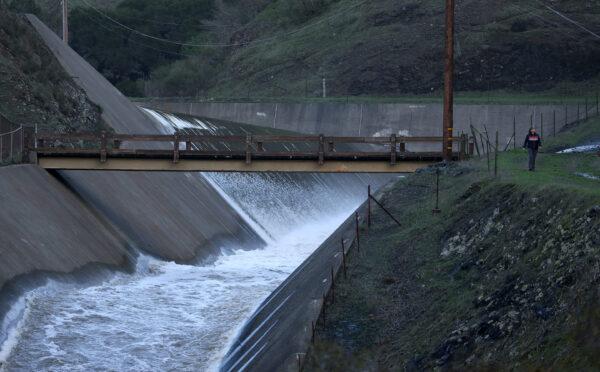
About 95 percent of all stormwater will make its way downstream and into the ocean, as estimated by the U.S. Bureau of Reclamation last year, the most recent estimate available.
“We need to capture this water so we have it in times of drought,” Mr. Dahle, a Republican, said.
Trillions of gallons poured down across the state during recent storms, according to the governor’s office.
Several areas across the state broke rainfall records with the recent round of storms, as nearly 11 inches of rain fell within one week in the San Gabriel Canyon, near Los Angeles.
Details about water captured and washed away this year will be available in the coming months, according to California’s Natural Resources Agency.
Statewide totals show an average of 13 inches of rain since the wet season began in October 2023, and reservoirs are averaging 118 percent capacity, according to the state’s water board.
Efforts undertaken by state and local agencies—as outlined by the state’s Water Supply Strategy released in August 2022—will help preserve some of the water for use later during dry months, according to the governor’s office.
The state took a host of actions last year that put it in a position to capture more water, a spokesperson told The Epoch Times by email on Feb. 6. “Those actions are benefiting us this year.”
One effort, the Santa Anita dam retrofit project in Los Angeles County, is already yielding results, according to the Natural Resources Agency. The state invested $10.5 million last year to improve the operational capacity of the dam, with water-saving estimates yet to be determined.
“This project is increasing the amount of stormwater [the] Santa Anita dam can capture and store before it becomes a downstream flood risk,” Tony Andersen, a spokesman for the state’s resources agency, told The Epoch Times by email on Feb. 6. “And it’s expanding the county’s ability to sink that stormwater into underground aquifers for future use.”
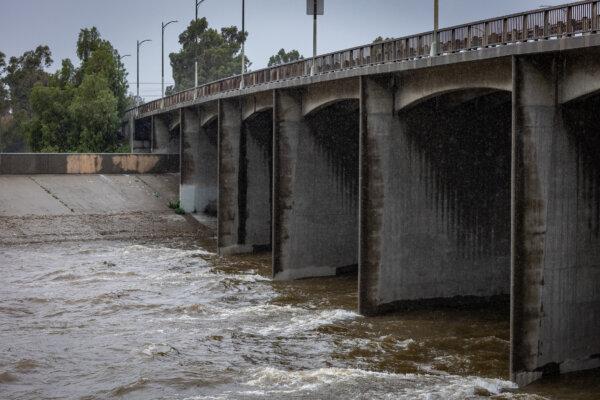
Mr. Newsom issued an executive order in February 2023 recognizing “severe water shortages” in areas across the state—including the Klamath Basin and Colorado River system—and noted groundwater depletion concerns in the Central Valley.
The order acknowledged the importance of improving rainwater storage in aquifers through recharging efforts—meaning the refilling of natural subterranean storage areas—where water is directed underground.
“Capturing and storing storm and snowpack runoff underground to recharge aquifers is an important strategy to help regions stabilize water supplies in the face of” swings between water abundance and drought, Mr. Newsom said in the executive order.
The state set a goal of expanding groundwater reserves by 500,000 acre-feet—one acre-foot is slightly more than 325,000 gallons, estimated to be enough water for two families for one year—and has invested about $1 billion since 2020 to fund 13 recharge projects.
Five of the projects are complete—providing about 25,000 acre-feet per year of additional water—and another 52 are being evaluated by the State Water Board, according to information released by the governor’s office last year.
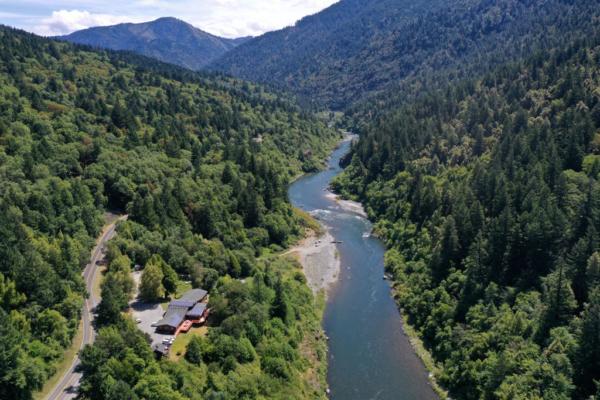
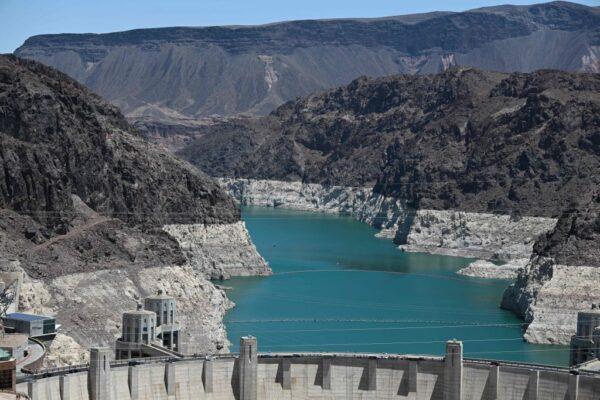
About 340 projects were proposed by local agencies, totaling about 2.2 million gallons of water saved by 2030, but analysts warn that some proposals could rely on redundant water sources.
More details will be available once the permitting process for such projects is complete—though regulators anticipate reaching their goal of an additional half-million acre-feet of water captured—according to the water supply strategy document.
“An additional 500,000 acre-feet is a reasonable estimate of the additional average annual recharge volume that may be obtained after these projects are vetted, permitted, and constructed,” the document reads.
That’s vital because about 85 percent of California’s public water systems rely on groundwater as their primary source, and the aquifers account for between 40 percent and 60 percent of the state’s water supply, depending on the availability of water in above-ground reservoirs, according to the governor.
Storing water above ground is another area in which capacity improvements are possible, according to experts.
A project known as the Sites Reservoir—proposed near Sacramento—would increase capacity in the region by about 15 percent, according to state water board statistics.
The most recent reservoir built in California was completed in 1979, and efforts to expand existing reservoirs and develop new ones have experienced delays because of litigation by environmental groups—including the Sites proposal, which has received bipartisan support from lawmakers and the governor.
“The public just wants these projects built,” Mr. Dahle told The Epoch Times. “The Sites Reservoir is a perfect example of a great benefit to the environment, to agriculture, and to cities, so I don’t know why we haven’t done it.”

Construction on the Sites project is expected to begin in mid-2026, according to the most recent estimates from the California Water Commission.
Additionally, the state is facilitating the approval of seven water storage projects conducted by local agencies around the state that would increase storage capacity by nearly 3 million acre-feet.
Further contributing to storage constraints are aging infrastructure projects, with 112 dams graded “less than satisfactory” by state inspection officials. Out of concern for public safety, water levels in 41 of the dams are maintained below capacity—resulting in a total loss of 350,000 acre-feet per year across California.
With storms expected to bring more rain in the coming days, some say the abundance needs to be stored until it is needed later in the year.
“There’s plenty for the environment; there’s plenty for everybody,” Mr. Dahle said. “We’ve just got to capture that and save it for later.”
Source: https://www.theepochtimes.com
Disclaimer: We at Prepare for Change (PFC) bring you information that is not offered by the mainstream news, and therefore may seem controversial. The opinions, views, statements, and/or information we present are not necessarily promoted, endorsed, espoused, or agreed to by Prepare for Change, its leadership Council, members, those who work with PFC, or those who read its content. However, they are hopefully provocative. Please use discernment! Use logical thinking, your own intuition and your own connection with Source, Spirit and Natural Laws to help you determine what is true and what is not. By sharing information and seeding dialogue, it is our goal to raise consciousness and awareness of higher truths to free us from enslavement of the matrix in this material realm.
 EN
EN FR
FR

